Failed mergers and acquisitions: The 15 worst examples of all time
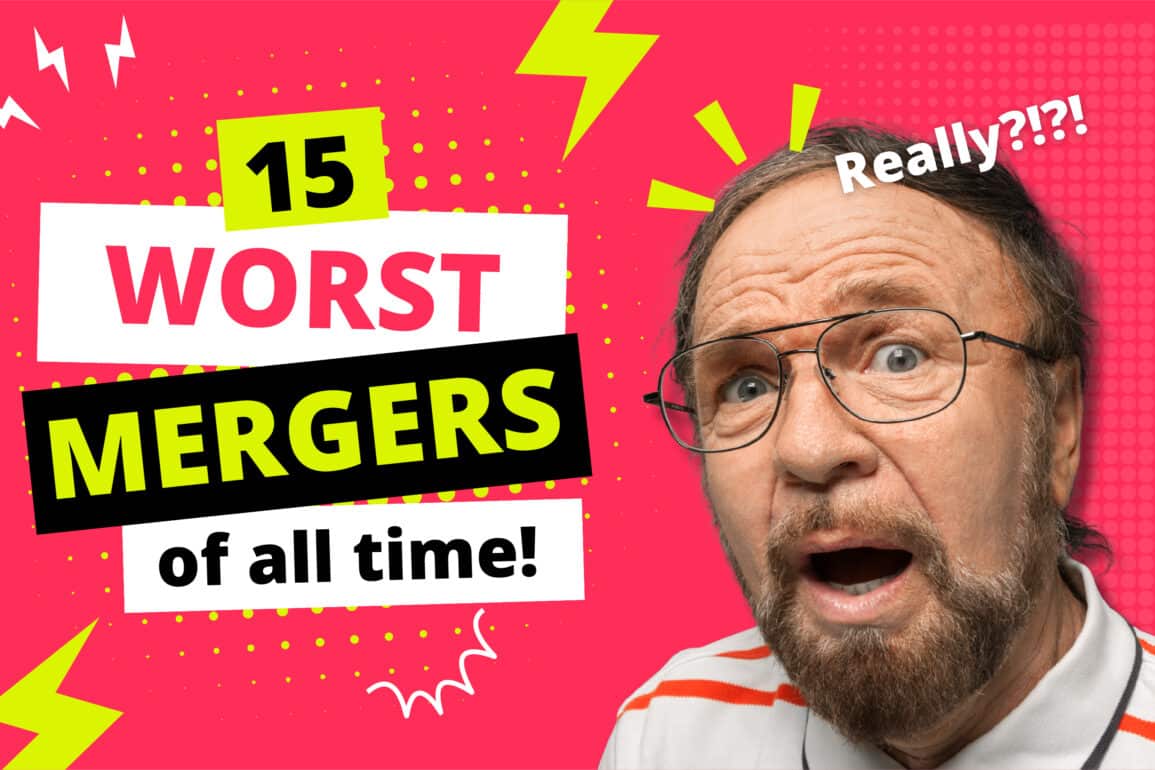
They say only fools rush in, and the world’s biggest failed mergers and acquisitions are proof of that. Sometimes, deals that look great on paper turn out to be a match made in hell. Not only do they harm the reputation of both brands, but they often lead to billions in financial losses.
On the surface, mergers and acquisitions seem like one of the best ways to invest in the growth of a company. Two heads are usually better than one, particularly when two companies share the same values, vision, and target market.
Each year, companies spend trillions (about $2 trillion to be exact), joining forces and aligning their assets. Yet, if you dive a little deeper, you’ll also learn that anywhere between 70 to 90% of acquisitions and mergers fail – and some fail hard.
Today, we’re taking a closer look at some of the biggest M&A failures of all time. Buckle up, it’s going to be a bumpy ride.

What causes failed mergers and acquisitions?
Let’s start with a little look at some of the main reasons failed mergers and acquisitions are so common. Ultimately M&A deals are pretty high-stakes undertakings. There’s a lot of risk involved, no matter how much synergy two companies seem to have.
Sometimes, deals fail because of economic issues, or changes in the market the two companies can’t control.
However, the most common reasons for failure include:
Value destruction
About 60% of mergers end up destroying shareholder value for at least one company. Business leaders dive into deals with lofty visions of what they might be able to accomplish, but the results rarely live up to expectations.
Just look at when Google bought Motorola in 2012.
Cultural issues
When two companies merge, both often have different ideas about what they new company will do. This usually leads to disagreements, conflict, and ultimately, failure. Each organization will have its own culture, values, and operations.
Failure to align these components leads to big problems.
Lack of communication
They say lack of communication is one of the biggest reasons marriages fall apart. The same is true for mergers and acquisitions. Managers in both companies need to be able to communicate properly, and share guidelines and processes with their team.
Overpaying
This is a biggie. We’ve all seen examples of organizations spending billions on an acquisition or merger. Unfortunately, the more companies pay for an M&A deal, the more chance they have of never recouping their lost cash.
Poor integration
When companies merge, it’s important to integrate their operations quickly and effectively to minimize disruptions. Unfortunately, a lot of companies don’t take the time to properly plan for the integration process.
This often leads to problems with collaboration among teams.
Misunderstandings
One of the most common reasons mergers and acquisitions fail is because one company didn’t really understand what they were getting from the other. This leads to confusion when the time comes to synergize the two brands and create something new.
External factors
As mentioned above, sometimes failed mergers and acquisitions are a result of external factors. The Countrywide/Bank of America deal failed because the financial sector collapsed, making it impossible for the business to grow – no matter how well they integrated.
Limited owner involvement
Appointing advisors is usually a must for any high-stakes M&A deal. However, leaving everything to them is an easy way to doom yourself to failure. Owners from both companies need to be involved from the start, driving the structure of the deal themselves.
Hidden financial problems
We’ve all been guilty of putting on a good front when times are actually tougher than they seem. Some companies will pretend everything is fine financially, but when a merger or acquisition finishes, various debts and problems come to light.
High recovery costs
Mergers and acquisitions are often time-consuming and expensive. One of the main reasons they fail is high recovery costs. Some companies need to invest in new systems and processes. Occasionally, there are also redundancies within the new company, which leads to even more expense.
The worst mergers in history: Examples of failed mergers
Now we’ve looked at why failed mergers and acquisitions happen, let’s take a look at some major examples. Unfortunately, there are a lot of “M&A fails” out there worth mentioning. But for this article, we’re just going to look at the biggest, most eye-watering failures.
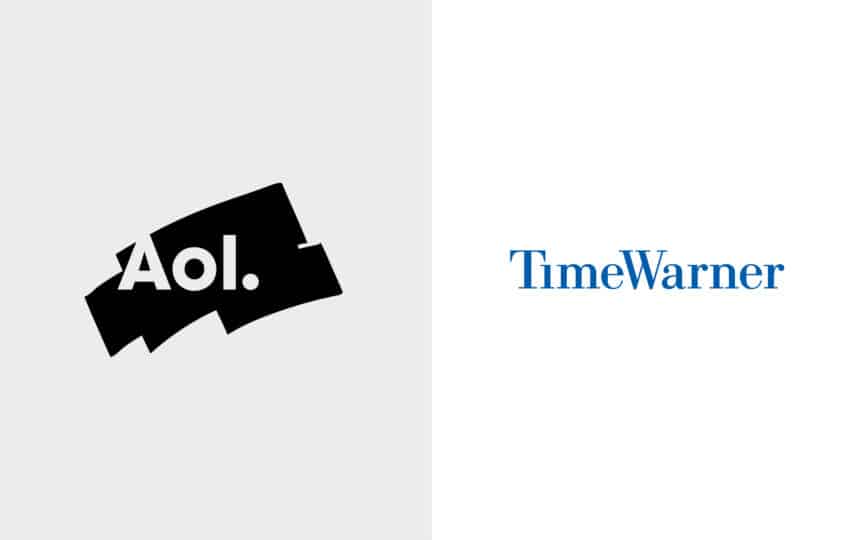
1. America Online (AOL) and Time Warner
Probably the most well-known example of a failed merger comes from America Online, and Time Warner. This was one of the most expensive (biggest) M&A deals of all time, costing around $165 billion in total. It was also one of the best examples of how mergers can go wrong.
The managers behind the deal just didn’t think everything through. They were eager to get into new media, but they didn’t really understand the new media landscape.
AOL wanted to capitalize on its dominance in the industry by distributing more media content across the two company networks. On paper, the deal made sense. Unfortunately, when the tech bubble burst, the company was instantly forced into a good-will write-off of around $100 billion.
Within a couple of months, the combined company’s market cap dropped from about $226 billion to a meagre $20 billion. Ouch.

2. Daimler-Benz and Chrysler
Surely, bringing two major automotive brands together couldn’t result in failure – right? Wrong. The Daimler-Benz and Chrysler case is a textbook example of huge M&A flop. Why? Lack of cultural fit between the two brands.
Ultimately, the two companies were just too different. Daimler-Benz was all about methodical decision making, while Chrysler valued spontaneity and creativity. Additionally, salaries between the two companies were pretty different too.
The merger, originally seen as a “merger of equals” just didn’t work out. Daimler tried to force Chrysler to change its tactics, and unsurprisingly, the marriage fell apart.
The two companies, unable to work together, decided to separate. On the plus side, Daimler did manage to sell a majority of Chrysler to another brand for $7 billion.
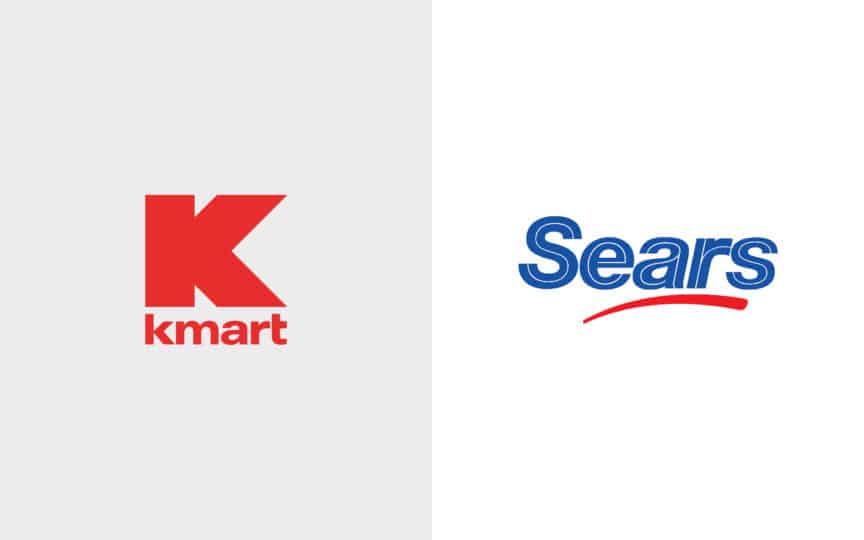
3. Kmart and Sears
Economies of scale are one of the reasons many companies invest in M&A deals. But economies of scale don’t really deliver results on their own. Simply pulling two failing companies together won’t automatically make a new, successful brand.
Two wrongs don’t make a right. Kmart and Sears thought they could overcome all of their problems just by joining forces to become a bigger grocery chain. Sears was the third biggest retailer in the US at the time, and Kmart was a massive brand.
Although the deal had chances of success, it happened at a time when ecommerce was just about to take off. The new entity, “Sears Holdings”, had to make a number of cuts at a time when it should have been investing in stores and online strategies.
In 2018, Sears was finally forced to file for bankruptcy, despite more than 100 years of success in the retail market.

4. Pennsylvania Railroad and New York Central
A slightly older example of a failed merger comes from Pennsylvania railroad and New York Central. In 1968, the two companies joined forces to form “Penn Central”, a company that would quickly become the sixth largest corporation in America.
At first, this seemed like a great example of a successful M&A deal. Unfortunately, only 2 years later, the company filed for bankruptcy protection. So, what happened?
Part of the problem was lack of trust. The two railroad companies were bitter industry rivals, and struggled to work together as a team. Really, the merger was just an attempt to keep the companies running as cars and airplanes took over the transport market.
Ultimately, the two companies were forced to make significant cost cuts, and the cultural differences, poor management strategies, and lack of strategic planning made the deal a massive flop.

5. Alcatel and Lucent
Going back to a more recent deal, Alcatel and Lucent might not be the first company you think of when citing mergers that failed. After all, Alcatel Lucent Enterprise still exists.
Facing growing competition from brands like Huawei, Alcatel decided to purchase Lucent Technologies in 2006, trying to create a “networking giant”. Alcatel expected to create some major cost synergies in the next year, by cutting some of the combined workforce.
Unfortunately, combining a European company with an American brand was problematic. The team members from Europe and the United States clashed, and language became a barrier.
By the end of 2008, the two executives who engineered the deal actually stepped down and left the company. Though the brand remains present in the industry, it didn’t achieve the synergy it had promised stakeholders.
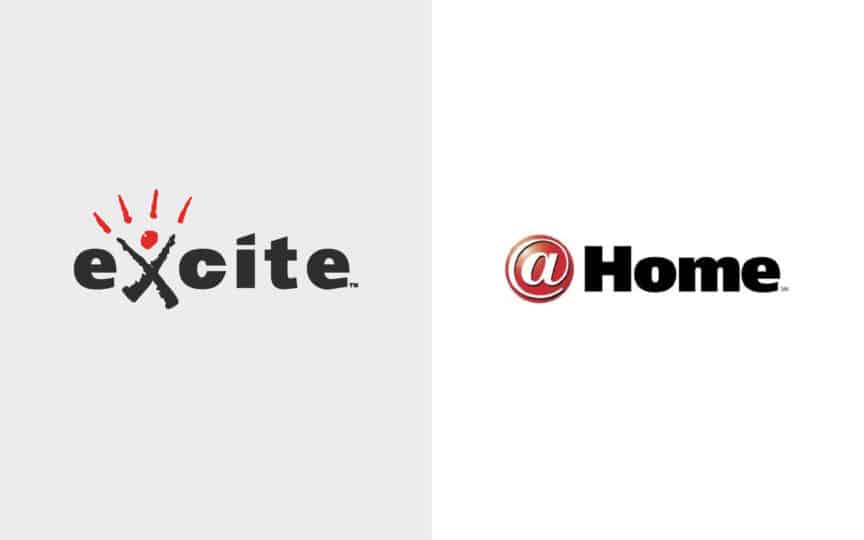
6. Excite.com and At Home Corp
Back in 1999, At Home Corp chose to merge with Excite.com for a transaction cost of around $6.7 billion. At the time, Excite Inc was one of the most trafficked sites on the web, and the At Home Corporation had a fantastic high-speed internet business.
Excite thought the merger would help it reach new audiences through cable television. At the same time, At Home executives wanted to tap into Excite’s experience with web content.
The strategy made sense, but the cultural clash between the two companies caused major problems. The web experts didn’t understand the broadband world, and the broadband experts couldn’t get their head around web content.
At the same time, the new “Excite@Home” brand wanted to grow as quickly as possible, purchasing a range of online properties that led to even more financial losses. Just two years after the M&A deal, the new company filed for bankruptcy, and sold its assets to AT&T.
Worst acquisitions of all time: More failed M&A attempts
While failed mergers might seem more commonplace than acquisitions, due to the greater focus on bringing two companies together, acquisitions don’t always go according to plan either. Even in cases where companies attempt to buy out another business completely, there can still be issues.
Here are some of the worst acquisitions of all time.

7. Microsoft and Nokia
Microsoft might be a major brand by today’s standards, but it actually lagged behind a little in the early years. It was struggling to keep up with Android and Apple in the platform world, and wasn’t making any impact in the phone market.
CEO Steve Ballmer saw an opportunity to rectify the problem, by purchasing Nokia, the phone company for nearly $7 billion. The acquisition led to the creation of the new “Lumia” phone line, but it failed to earn any developer or carrier alliances early on.
This meant the acquisition immediately failed to deliver any real return on investment, and Ballmer even left the company shortly after.
When Satya Nadella took over as CEO, he was forced to implement various layoffs, terminating more than 15,000 Nokia employees. Finally, Microsoft sold Nokia to HMD for just $350 million.
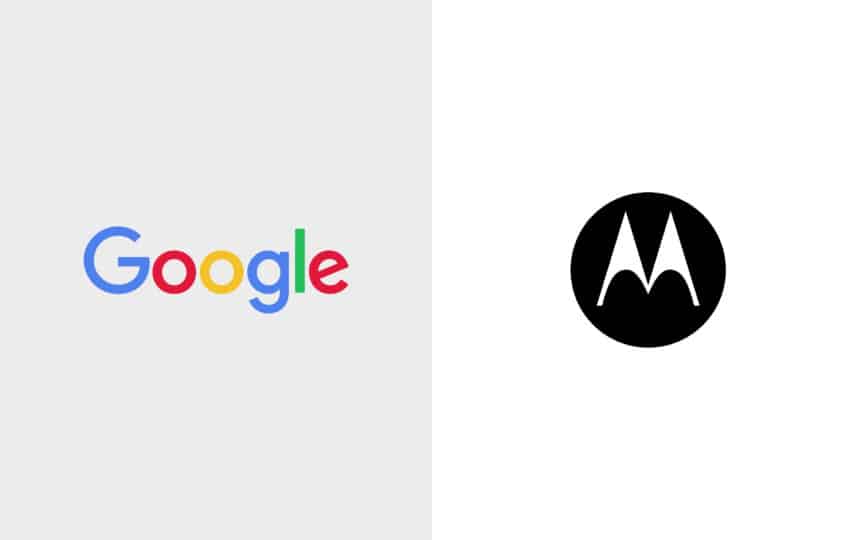
8. Google and Motorola
Often cited as one of the biggest failed merger and acquisition attempts in history, Google’s purchase of Motorola was even worse than Microsoft’s stint with Nokia. At first, the transaction seemed to make sense. Google already had the Android operating system in the mobile market.
Acquiring Motorola seemed like a good way to develop some new, high-quality handsets. The trouble was, Motorola wasn’t producing the kind of handsets Google wanted.
In fact, the Google executives were so unimpressed by the handsets created, it started contracting Samsung and LG to create alternatives. Key employees left the business, and the acquisition quickly fell apart. In 2014, Motorola was divested entirely.

9. Ebay and Skype
Another example of an inadequate due diligence process in M&A deals, the Ebay and Skype deal failed for a number of reasons. Ebay wanted to purchase Skype to help encourage communications between buyers and sellers on the platform.
It was a fine idea on the surface, as communication is often important in any transaction flow. However, what Ebay didn’t realize is that people don’t actually want to “call” strangers about transactions most of the time.
People were happy sending emails and messages instead. Ebay quickly saw the acquisition had been an unwise investement, and sold the Skype platform to Microsoft in 2011. Fortunately, both companies have continued to grow.

10. Countrywide and Bank of America
We mentioned this failed merger and acquisition example above. At first, when the Bank of America acquired Countrywide for “just” $2 billion, it seemed like a pretty shrewd investment. It would give the company control over a new mortgage lender, leading to extra revenue streams.
Unfortunately, at the time, every economic indicator in the US was already pointing downwards by 2008 – just before the major financial crisis.
Remember, one of the main reasons M&A deals fail is problems with the economy. When the housing bubble burst the same year, the Bank of America ended up in hot water.
The company ultimately had to pay nearly $40 billion in real estate losses and fines from Countrywidde’s lending practices. Talk about a problem with financial due diligence.

11. Mattel and the Learning Company
Surely a deal billed as “Carmen Sandiego meets Barbie” couldn’t go wrong, right? When Mattel acquired the Learning Company in 1998, it had big visions of reaching a new customer base, and creating a host of different toys for the market.
Mattel had already seen a move in the market away from traditional toys to video game platforms, and it believed the Learning Company would help it to move into new markets.
Unfortunately, the Learning Company reported a massive loss in 1999, due to a variety of year-end refunds. This significantly influenced Mattel’s bottom line, triggering a range of other problems and financial constraints.
A year later, it essentially handed its acquisition over to another group, and incurred a $430 million loss after tax.
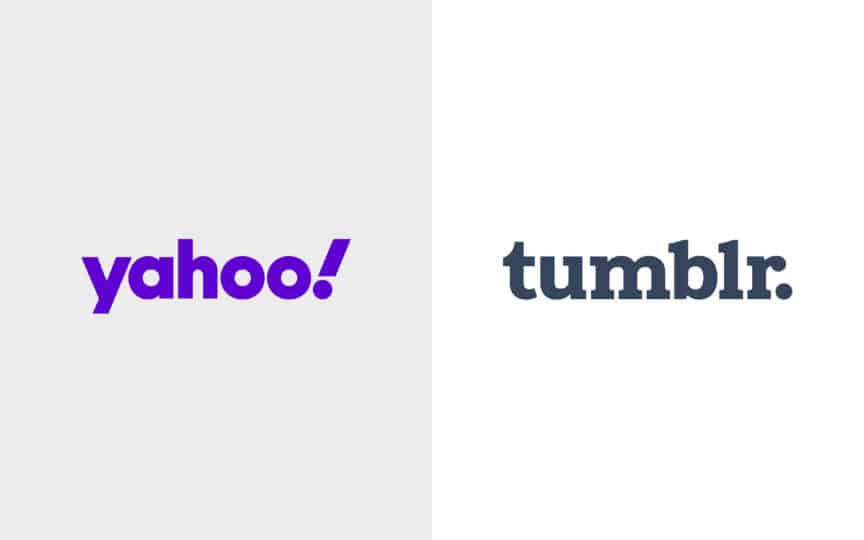
12. Yahoo and Tumblr
Another classic case of an M&A strategy that seemed good on paper, Yahoo decided to purchase Tumblr to help it gain an edge in the evolving digital market. The CEO of Yahoo even wrote a post on Tumblr, saying she promised not to mess up the deal.
The CEO thought buying Tumblr would help to grow Yahoo’s audience by at least 50%, giving it a new way to compete with brands like Facebook and Google.
Unfortunately, as you probably already know, Tumblr has yet to play much of a vital role in the social networking space. The company didn’t turn a profit for Yahoo, and the acquiring company ended up merging various teams and setting unrealistic budgets for growth.
Yahoo eventually rolled back the integration, and wrote over $712 million in losses. It might not be the biggest loss on this list, but it was still a major fail.
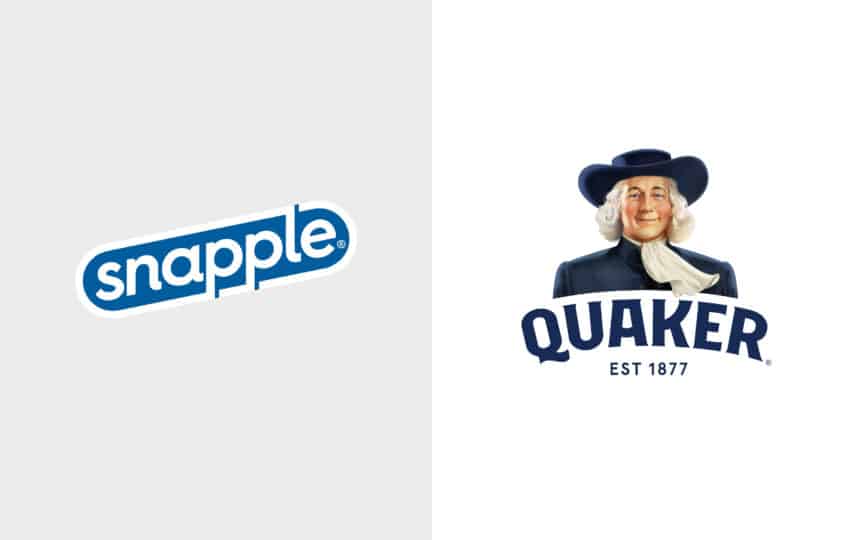
13. Snapple and Quaker
Like many M&A failures, the acquisition of Snapple by Quaker Oats had many underlying problems. The cereal giant wanted to increase the popularity of Snapple drinks, after they’d achieved massive success with their Gatorade products.
The brand launched new marketing campaigns to introduce Snapple to as many restaurants and supermarket chains as possible. They even ignored Wall Street’s concerns that they had paid way too much for the company initially.
Unfortunately, Snapple’s niche revolved mostly around independent stores and gas stations. The drinks failed to thrive in larger grocery stores, and sales began to drop. Eventually, Quaker sold Snapple for around $300 million.
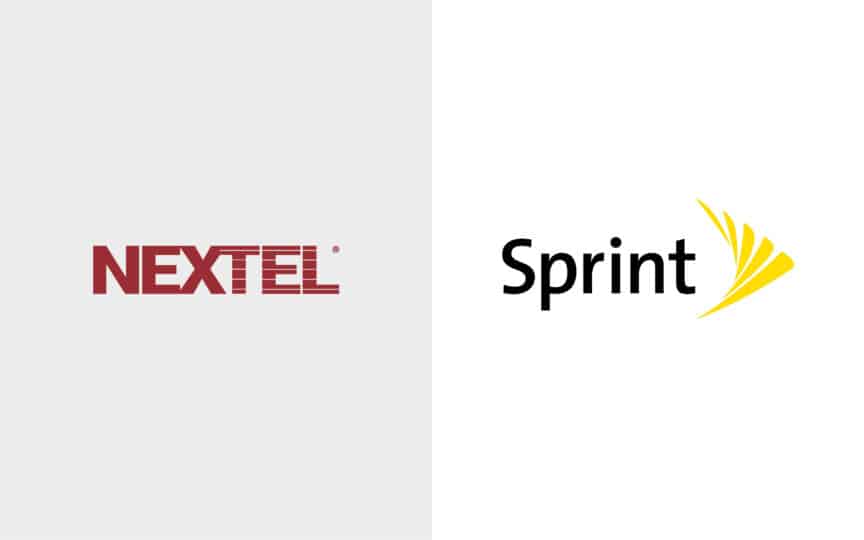
14. Nextel Communications and Sprint
From cultural differences, to lack of trust between management, it’s hard to pick just one good reason why Nextel Communications and Sprint’s partnership didn’t work out.
In 2005, Sprint purchased a majority stake in Nextel for $35 billion, creating a company that would become the third-largest telecommunications company in the US. Sprint focused on wireless, local, and long-distance services in the communications market.
On the other hand, Nextel had a strong presence in the commercial market. Together, the companies wanted to maximize revenue by pooling different systems, key talent, and assets.
While the deal itself seemed like a good idea, problems with corporate culture proved to be a major downfall. The two companies had very different management style, making effective communication and collaboration impossible.
Eventually, by 2008, $30 billion in expenses had to be written off.

15. HP and Autonomy
The potential risks of M&A transactions can be massive, as evidenced by the HP (Hewlett-Packard) purchase of Autonomy. HP bought the data firm with an intent of making it part of its plan to transform into a software-focused enterprise services firm.
Unfortunately, the deal quickly turned sour, after HP discovered it had paid far too much for the Autonomy company. The acquired company had been involved in various fraudulent account practices, selling hardware at a loss to customers.
Massive lawsuits occurred as a result of the transaction, and shareholders even sued HP for about $1 billion in losses. HP sued Autonomy in return, stating that the problem wasn’t just poor communication, but an active attempt to cover up financial issues.
Finally, in 2022, HP won its fraud case against Autonomy’s founder, but the company had already faced a number of issues by that point.
Learning from failed acquisitions and mergers
Ultimately, failed mergers and acquisitions are more common than you might think.
Everything from a major culture clash, to miscommunication between key team members can turn a great deal sour in an instant. Not to mention, there are plenty of external factors that can lead to the failure of mergers and acquisitions too.
While M&A failures aren’t guaranteed (no matter how likely they might seem), the risks involved in bringing two companies together are pretty significant.
Before investing in any M&A strategy, every company really needs to invest in proper due diligence, planning, and strategizing.
As you can see from the examples above, just the slightest mistake can lead to billions in potential losses.
Fabrik: A branding agency for our times.
Now read these:
—The most successful mergers of all time
—Discover the biggest mergers in history
—How to perfect your merger brand strategy
—Your guide to merger branding process
















